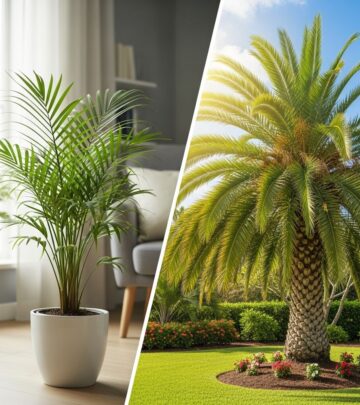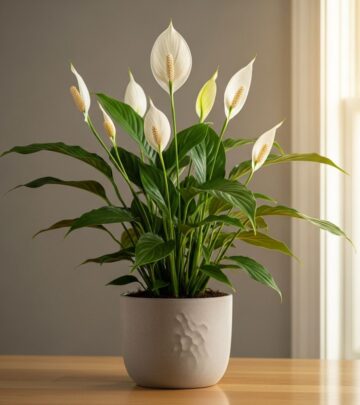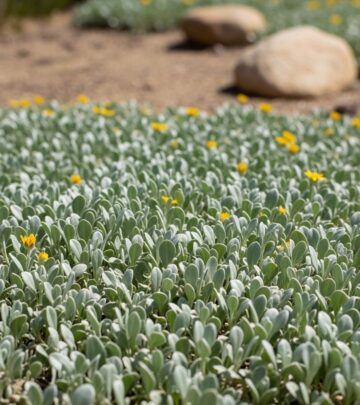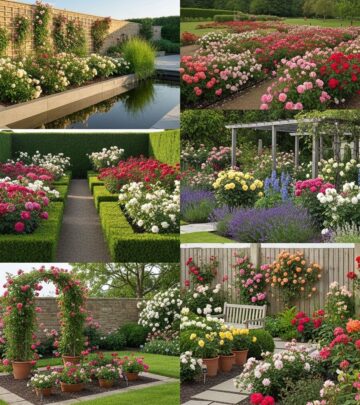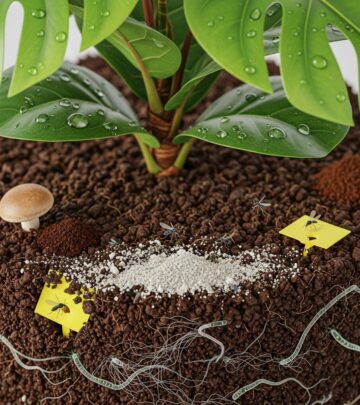Balcony Garden Ideas: A Complete Guide For Small Spaces
Transform your outdoor space with creative greenery hacks for a vibrant mini oasis.
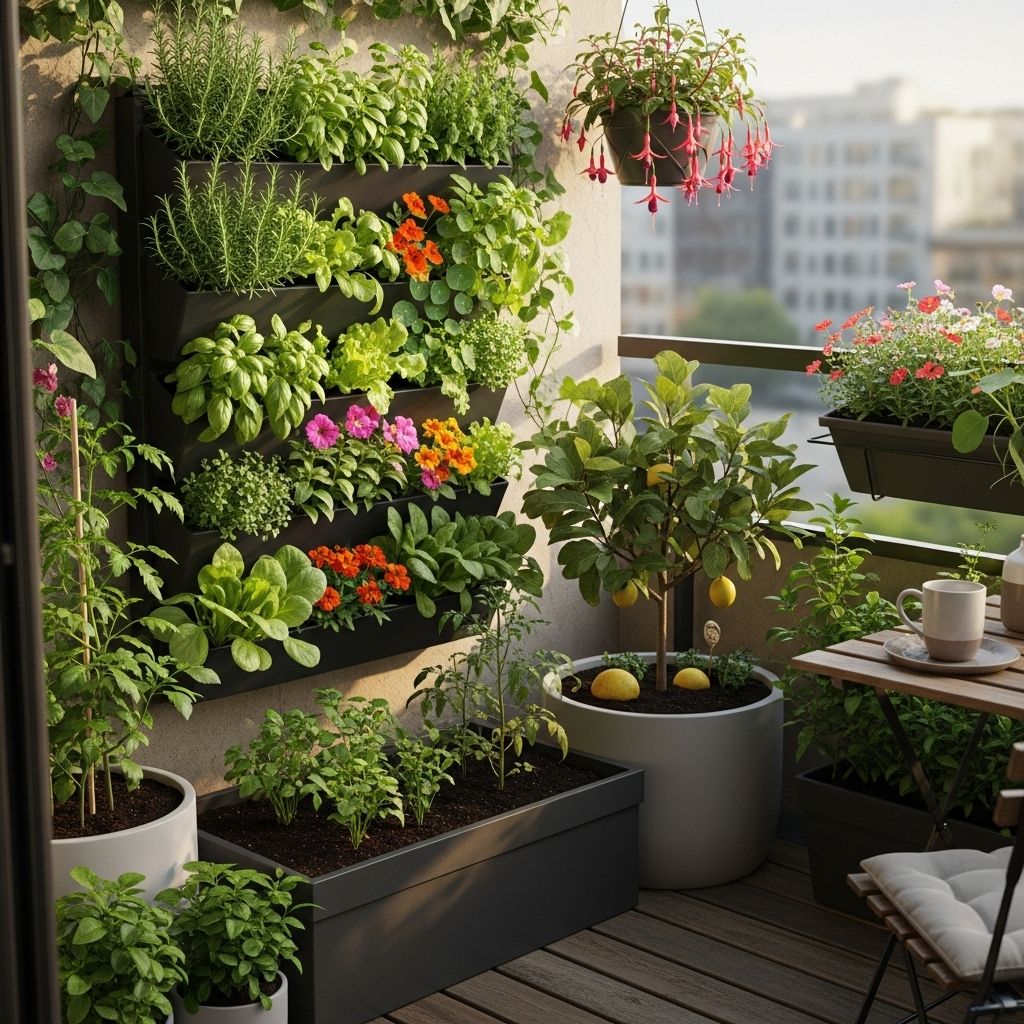
Image: HearthJunction Design Team
How to Create the Perfect Balcony Garden: Tips, Ideas & Planting Guides for Small Spaces
Urban living often means limited outdoor space, but that doesn’t mean you have to give up on your gardening dreams. With the right approach, even the smallest balcony can become an inspiring oasis of greenery, color, and tranquility. Whether you’re a seasoned gardener or a beginner, this comprehensive guide will walk you through every step of creating a balcony garden, from planning and plant selection to creative container ideas and space-maximizing design tips.
Why Start a Balcony Garden?
- Enhance your living space: Greenery adds color, texture, and a sense of calm to any apartment or urban home.
- Grow your own food: Herbs, greens, and even some veggies thrive on balconies, offering fresh ingredients right outside your door.
- Connect with nature: Tending to plants fosters well-being, creativity, and mindfulness—even in the city.
- Improve privacy: Strategic planting provides natural screening from neighbors and street noise.
What Can You Grow in a Balcony Garden?
Balcony gardens can be as diverse as traditional gardens. Your plant choices depend on your climate, sun exposure, and available space. Popular options include:
- Herbs: Basil, mint, parsley, chives, thyme, oregano, rosemary, and cilantro thrive in containers and are easy to harvest.
- Vegetables: Lettuces, salad greens, cherry tomatoes, peppers, radishes, carrots (in deep pots), and dwarf beans are all excellent for balcony containers.
- Fruits: Strawberries, dwarf citrus trees, small figs, or even blueberries in large pots.
- Small trees and shrubs: Dwarf olive trees, lemon or lime trees, bay laurel, or compact evergreens add structure and greenery year-round.
- Annuals and perennials: Geraniums, petunias, begonias, marigolds, and pansies provide vibrant seasonal color.
- Climbing plants: Clematis, sweet peas, jasmine, and morning glories can scale railings or trellises, creating vertical interest.
- Succulents and cacti: Perfect for sunny, dry balconies with minimal maintenance needs.
Pro Tip:
“Always match your plant selections to your balcony’s specific light conditions and wind exposure to ensure healthy growth.”
Balcony Garden Design and Planning Basics
Before shopping for plants, take a close look at your space’s conditions and layout. Ask yourself:
- How much sun does your balcony receive? Track sunlight throughout the day—some spaces are shaded, while others bake in full sun.
- How exposed is your balcony to wind? High-rise or open balconies may need wind-tolerant plants or protective screens.
- What is your balcony’s weight limit? Consult building guidelines—avoid overloading with heavy pots or water features.
- Is there a water source nearby? Easy access will make watering less of a chore.
- How will you use the space? Decide if your main goal is privacy, growing food, relaxation, or aesthetics—this will shape your choices significantly.
Choosing Containers for Small Spaces
Creative container selection is at the heart of balcony gardening. Containers not only hold your plants—they define your layout, style, and functionality. Consider:
- Traditional pots: Terra cotta, ceramic, and plastic are classics.
- Window boxes and railing planters: Ideal for maximizing growing space along the edges.
- Hanging baskets: Offer overhead color and free up precious floor area.
- Vertical planters: Wall-mounted systems or felt pockets let you grow up, not just out.
- Repurposed containers: Old crates, watering cans, buckets, or even shoes can become quirky planters.
Container Selection Tips
- Ensure containers have drainage holes to prevent waterlogging.
- Larger containers retain moisture better and allow roots to spread.
- Group pots of similar needs together for easier care.
Maximizing Every Inch: Creative Layout Ideas
Small balconies require efficient use of space. Try these layout tricks to make every square foot count:
- Use vertical space: Install wall planters, shelves, or trellises to grow upward with climbers and hanging pots.
- Group containers: Arrange plants in clusters of varying heights to create visual layers and ease watering.
- Keep pathways clear: Avoid blocking the door or access routes so the space remains functional.
- Multi-use furniture: Choose benches or side tables with built-in planters or storage to save space.
- Flexible arrangements: Use wheeled pots or plant caddies for easy relocation and cleaning.
Plant Selection for Challenging Conditions
Plants for Sunny Balconies
- Mediterranean herbs: Lavender, rosemary, oregano, and sage thrive in bright, direct sun.
- Succulents and cacti: Need little water and love heat.
- Annuals: Marigolds, petunias, pelargoniums, and zinnias bring vibrant, sun-loving blooms.
Plants for Windy Balconies
- Dwarf olive or bay trees: Withstand wind and bring structure.
- Grasses: Festuca and carex create soothing movement and tolerate breezes.
- Seaside plants: Armeria (sea thrift) and lavender thrive in exposed spots.
Plants for Shade
- Ferns: Hardy and lush in low light.
- Heuchera: Colorful foliage for shade.
- Impatiens and begonias: Bloom beautifully with little sun.
Privacy and Protection: Creating an Urban Retreat
Balcony gardens can double as private sanctuaries, blocking out noise, wind, and prying eyes. Here’s how:
- Slatted or lattice screens: Attach to balcony railings or walls, then grow climbers like jasmine or honeysuckle up them for living privacy barriers.
- Tall shrubs or bamboos: Use in large pots as natural screens (be sure bamboos are clumping types).
- Outdoor curtains: Weatherproof fabric panels offer instant, flexible privacy.
Watering, Soil, and Maintenance
Successful container gardening requires some hands-on care:
- Watering: Containers dry out faster than ground soil—check moisture daily in hot weather. Self-watering pots or drip systems save time.
- Soil: Use high-quality, lightweight potting mix. Regular garden soil is too heavy and compacts quickly.
- Feeding: Feed container plants with a balanced liquid fertilizer every 2–4 weeks during the growing season.
- Pruning: Deadhead flowers and trim back leggy growth to keep plants tidy and blooming.
Decorating Your Balcony Garden
Personal touches make the space your own. Consider adding:
- Outdoor lights: String lights, lanterns, or solar-powered stakes for nighttime ambience.
- Functional decor: Small tables, folding chairs, or benches for relaxation and entertaining.
- Decorative accents: Colorful cushions, outdoor rugs, and art pieces designed for the elements.
Common Balcony Garden Challenges and Solutions
| Challenge | Solution |
|---|---|
| Limited space | Grow vertically, use railing planters, and opt for compact or dwarf plant varieties. |
| Wind exposure | Install windbreaks, choose sturdy plants, and secure pots to prevent tipping. |
| Drying out | Use larger pots, water-retaining soil, mulch surface, and group plants close together for humidity. |
| Weight restrictions | Choose lightweight containers and soil mixes; limit the use of heavy elements. |
| Lack of sunlight | Select shade-tolerant plants and consider reflective surfaces to maximize natural light. |
Getting Started: Step-by-Step Balcony Garden Planning
- Assess your space: Measure your balcony and note sun, wind, and access points.
- Set goals: Decide what you want—edibles, flowers, privacy, or a mix.
- Choose suitable plants: Match plant needs to your growing conditions and preferences.
- Pick containers and supports: Plan for vertical and horizontal arrangements.
- Lay out your design: Sketch or digitally mock up a layout for easy rearrangement later.
- Prepare soil and plant: Use quality potting mix and ensure adequate drainage.
- Water and feed regularly: Set a routine for care and maintenance.
- Add decor and enjoy: Personalize your space and celebrate your progress!
Frequently Asked Questions (FAQs)
What is the best type of plant for a beginner’s balcony garden?
Herbs (like basil, mint, or chives), salad greens, and succulents are excellent beginner choices. They require minimal care and give quick, satisfying results.
How much sunlight do balcony gardens need?
Most vegetables and sun-loving flowers require at least 6 hours of direct sun daily. For shaded balconies, opt for shade-tolerant varieties like ferns, begonias, and heuchera.
Can I grow vegetables on a north-facing balcony?
Yes, though choices may be limited. Leafy greens (like lettuce, spinach, and kale) and many herbs can do well with indirect light, but fruiting vegetables may struggle.
How can I prevent my balcony pots from drying out?
Use larger pots, add mulch, group plants together, and use self-watering containers or drip irrigation where possible.
What is the best way to add privacy to my balcony garden?
Install trellises or screens for climbing plants, use tall shrubs or bamboos in large containers, or hang outdoor curtains for instant, flexible privacy.
Balcony Garden Inspiration Gallery
- Cascading blooms: Let annuals and trailing plants spill over railings for a lush look.
- Structured elegance: Symmetrical arrangements of small trees and shrubs create a sophisticated, balanced appearance.
- Green walls: Living walls or vertical planters covered in foliage maximize greenery and make a bold statement.
- Minimalist retreat: A few well-placed pots with architectural plants, paired with comfortable seating, offer calm and order.
Conclusion
Creating a balcony garden is an adventure suited to any space, lifestyle, or skill level. With thoughtful planning, creative container choices, and the right plants, your balcony can transform into a productive vegetable patch, a floral escape, or a serene green retreat. Let your space reflect your personality and bring daily joy—one pot at a time. Start small, experiment, and watch your green sanctuary grow.
References
- https://www.gardendesign.com/small/balcony-garden.html
- https://www.youtube.com/watch?v=YnCTNF_s4vY
- https://www.gardenersworld.com/how-to/grow-plants/how-to-make-a-balcony-garden/
- https://pbswisconsin.org/article/lets-grow-stuff-from-planning-to-planting-a-balcony-garden/
- https://growoya.com/blogs/news/beginners-guide-to-starting-a-balcony-garden
Read full bio of Shinta




